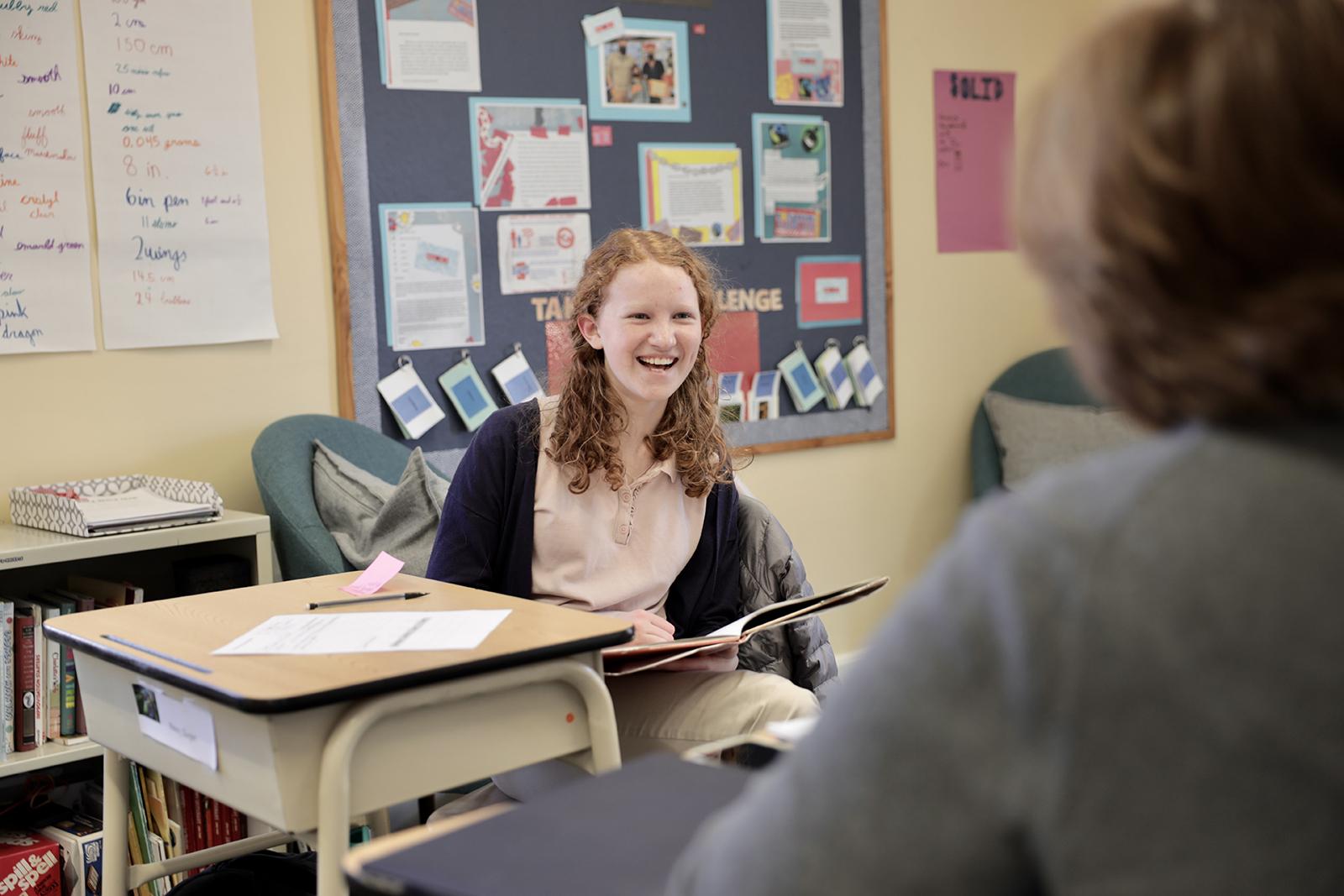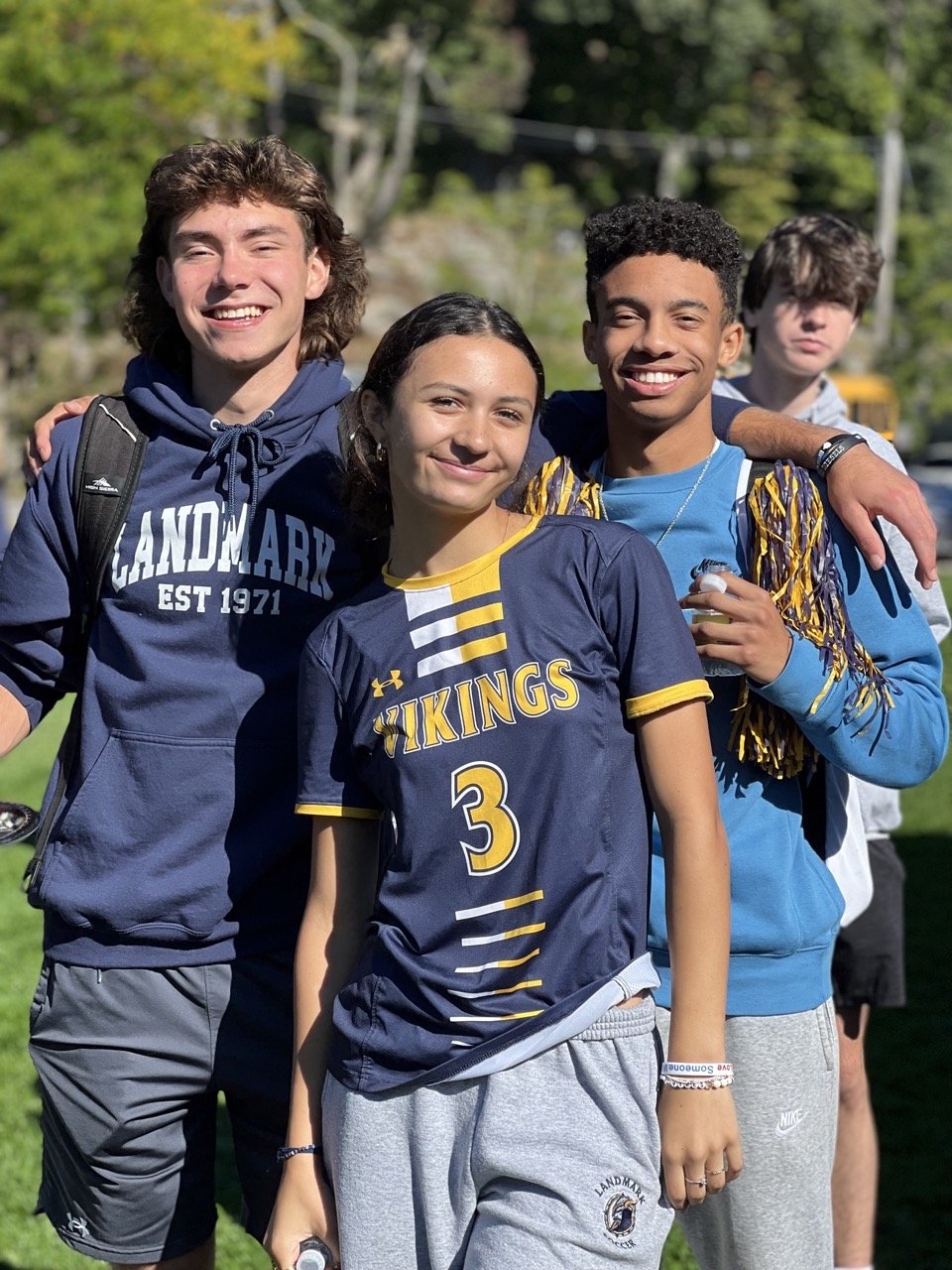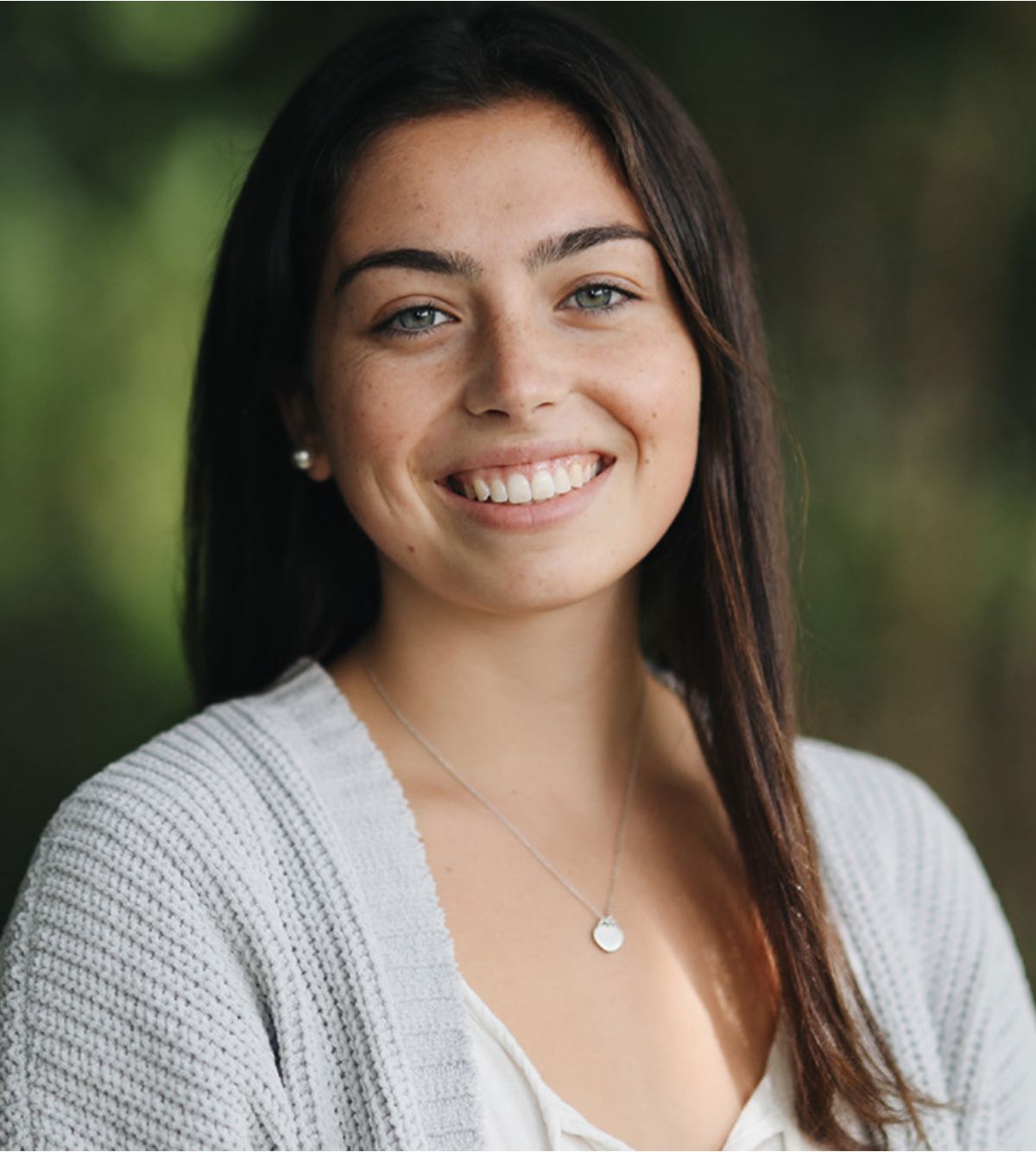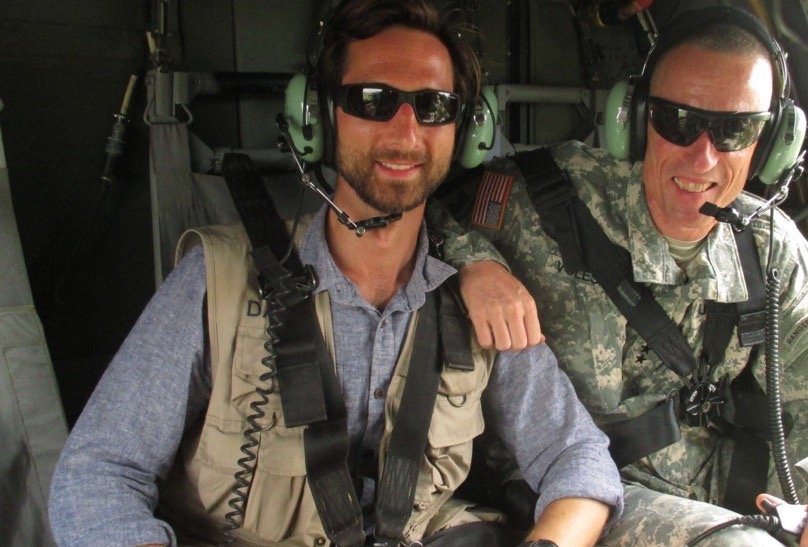- Our School
- Our Advantage
- Admission
- Elementary•Middle School
- High School
- Summer
- Giving
- Parent Resources
- For Educators
- Alumni
Technology in the Classroom
EMS
Students at Landmark's Elementary•Middle School (EMS) are introduced to technology with a thoughtful approach to stages of development. The goal is to promote technological literacy within a remedial language-based program.
![]()
Elementary
In the elementary program, students begin to learn touch typing, basic digital tools, and introductory digital safety to navigate technology efficiently, safely, and responsibly.
![]()
Middle
Middle school students build on elementary technology skills through consistent typing practice, use of the Google Suite™ (e.g., Docs, Drive, Classroom), school-based email use (Gmail), and digital citizenship.
Laptops
Every academic classroom is outfitted with a full set of Chromebooks for use during class instruction. Students should not bring laptops from home.
Other Technologies Used
In addition to basic technology and media skills, students are introduced to research tools in content areas, digital storytelling (e.g., Storyboard That™, Canva©) in Oral Expression/Literature classes, and audiobooks as appropriate. Moreover, students have the opportunity to explore computer hardware repair, digital photography and editing, and 3D printing through some elective courses.
In some instances, students interact with speech-to-text or text-to-speech technologies. These supports are thoughtfully designed for individuals or class-specific circumstances. Remediation is always a priority, and technology is never used as a bypass to skill building.
Learn More About Assistive Technology at EMS
Will my child require assistive technology to keep up?
In many traditional content-based settings, students with language-based learning disabilities require assistive technology to be successful (e.g., text-to-speech; speech-to-text). Such technology helps students take in, process, and express the content demands of the classroom by “bypassing” their weaknesses. Although students may well benefit from these techniques once they have left us for other educational settings or careers, "bypass” techniques are not necessary in Landmark’s specialized setting.
Landmark is not a traditional setting. Our approach is skills-based, with multi-grade classrooms comprised of five to eight children with similar goals. In addition to three specific language-based classes daily (Tutorial, Language Arts, Oral Expression/Literature/Study Skills) a student’s content classes (Math, Science, Social Studies) are language-based as well. Students are grouped into these classes according to their reading and language needs, with grade level playing a secondary factor for developmental reasons. In math classes, groupings are done according to common mathematics goals but here, too, the emphasis is on understanding the language load inherent in comprehending and mastering mathematical operations.
Philosophically, we have found bypass methods unnecessary or, at worst, in conflict with our program and structure for several reasons:
Remedial Mission
Children are accepted to Landmark for remediation of language-based needs, such as dyslexia, with the understanding that they will return to less intensive settings when appropriate. Our mission dictates that we identify literacy skills, study skills, and organizational skills, and make them the primary focus of our teaching. In most cases, the recommended assistive technology’s role is to compensate for these same learning needs and remove them as barriers to accessing content and demonstrating mastery. This is not necessary at Landmark, where one-to-one and small group teaching, specially designed methods and approaches, and skills-based classes address the learning needs, remove the barriers, and provide strategies to use in the future.
Diagnostic-Prescriptive Teaching
Assistive technology may actually work against an essential tenet of Landmark teaching philosophy—the diagnostic-prescriptive approach. Briefly described, this approach means that teachers work from careful observation and recording of errors, using daily diagnosis of learning needs to inform and refine teaching approaches. A technological bypass is frequently intended to correct errors before they reach the teacher; but a product that has been altered by spell-check, predictive writing programs, and speech-to-text renditions does not provide the instructor with individualized data that reflects that student’s understanding. In these cases, formative assessment—the valuable feedback loop where student performance and teacher adaptation influence the instructional process—is actually defeated by the technology bypass.
Pacing and Demand Loads
Assistive technology is often intended to address the mismatch between the language processing and output skills of the student and the demands of a mainstream classroom. In the Landmark classroom, the very purpose of our structure and teaching is to adjust the classroom to the student and eliminate this mismatch. By attempting to address the same issue, assistive technology may be an unnecessary intervention.
For example, the pace at which presentations are given and notes are taken can be remedied by assistive technology interventions in the traditional classroom. At Landmark, however, teaching style, presentation delivery, note-taking strategies, and self-advocacy skills are already aimed at providing students with an environment where they can function successfully and transfer skills to future similar contexts.
As another case in point, the demands to process a certain quantity of text or produce an expected quantity of written output may be unrealistic for the dyslexic student, not due to any cognitive limitation but solely due to language-processing constraints. Assistive technology can allow a student to keep up with the quantity of work. At Landmark, the student is not pressured to read or produce an unrealistic quantity of text. Instead, they are given organizational templates, individualized instruction, and language strategies that teach them to understand their learning style rather than bypass areas of difficulty.
Digital Citizenship
Digital citizenship instruction covers media balance, privacy and security, digital identity, interpersonal communication, digital drama, and news and media literacy. Digital citizenship curriculum is adapted from Common Sense Education®.
Phases of Technology
Educational technology is introduced to students in phases depending on their profile and academic needs. Tools that students may interact with are outlined below:
FOUNDATIONAL COMPUTER & TECH SKILLS
Access and introduction to platforms, programs, and skills
Skills
- Password safety
- Touch typing
- Basic operations (e.g., find, save, print)
- Collaboration within a document
- Organization of digital materials
- Evaluation of sites & sources
- Creation & evaluation of charts & tables
Software
Google Suite™:
Drive
Docs
Slides
Gmail
Google Classroom
Ebooks & Audio:
- Sora App
- Bookshare®
Other Platforms:
- Typing Club
- Storyboard® That
Canva
DIGITAL CITIZENSHIP & MEDIA SAVVY
Safe, responsible, and ethical use of technology
Skills
- Effects of media use on well-being
- Basic security
- Identify protection
- Digital footprint
- Social interactions through media
- Digital drama
- Media literacy
Resources
- Common Sense Education©
- Be Internet Awesome™
- International Society for Technology in Education©
CREATION & HARDWARE MAINTENANCE
Use of tools and software for design and innovation introduced in some elective classes
Skills
- Troubleshooting software issues
- Deconstructing & reconstructing hardware (e.g., computers, security cameras, 3D printers)
- Basic network concepts
- Digital photography
- Photo editing
- Basic graphic design
- Basic coding
- 3D design
- 3D printing
Software
- Google Screencast™
- Pixlr©
- Tinkercad©
- Canva
- p5play©








.jpg?v=1652115432307)





